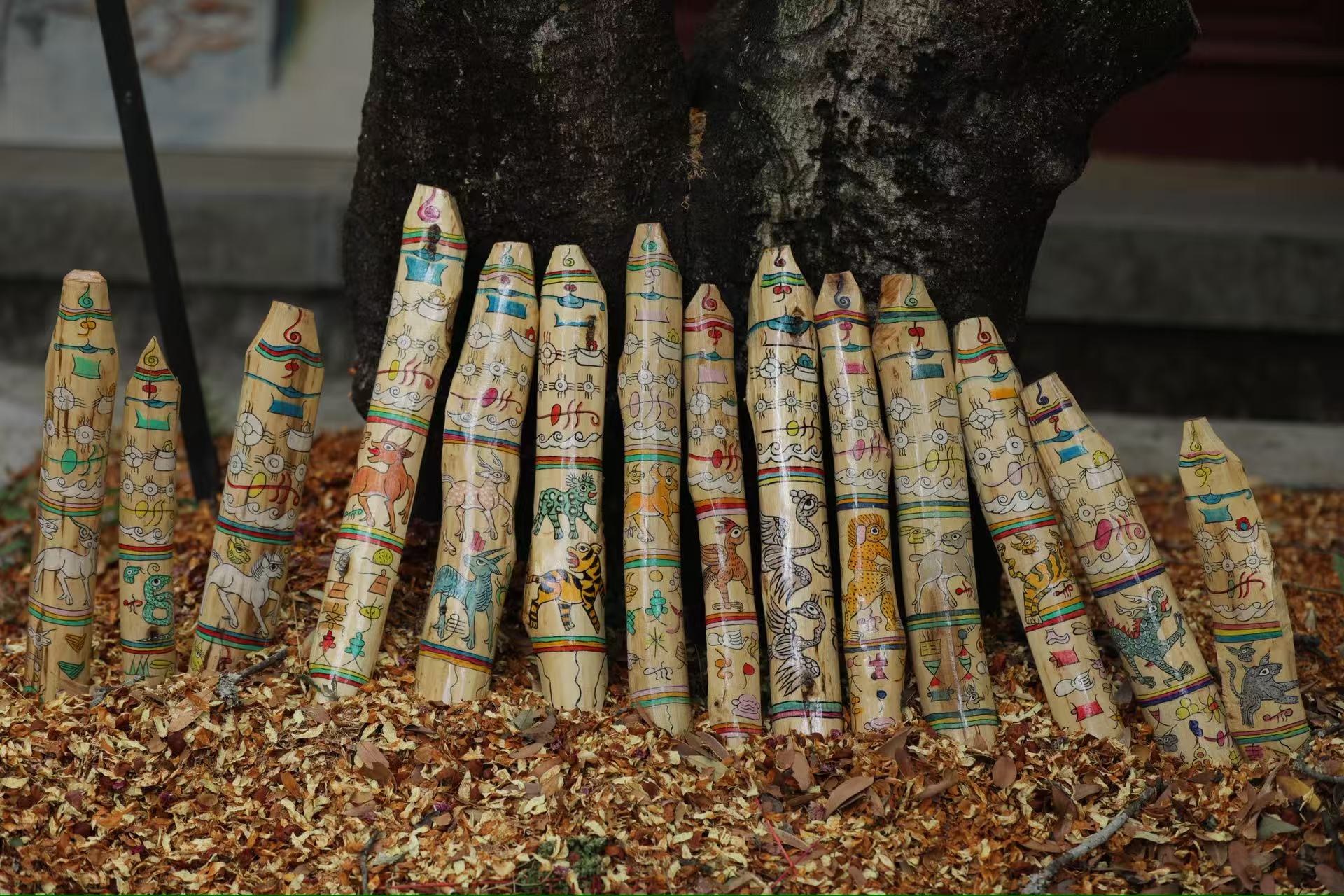Read more

High in the Himalayas, where Yunnan’s misty mountains cradle ancient villages, the Naxi people have woven a cultural fabric unlike any other. At its heart lies Dongba culture—a living, breathing ta...

In the mist-shrouded peaks of Yunnan’s Himalayan foothills, where the Naxi people have woven spirituality into the fabric of daily life for over a millennium, two divine beings anchor a cosmic dram...
Blog posts

In the mist-shrouded peaks of Yunnan’s Himalayan foothills, where the Naxi people have woven spirituality into the fabric of daily life for over a millennium, two divine beings anchor a cosmic dram...

4. Symbolic Philosophy Animistic Connection: Trees embody "Shv" — nature spirits that govern mountains, forests, and water. Dongba Cosmology: Wood acts as a bridge linking the Three Rea...

High in the Himalayas, where Yunnan’s misty mountains cradle ancient villages, the Naxi people have woven a cultural fabric unlike any other. At its heart lies Dongba culture—a living, breathing ta...
We'd love to hear from you
If you have any questions, please fill in this contact form, and our team will reach you back as soon as possible.

Leave a comment
This site is protected by hCaptcha and the hCaptcha Privacy Policy and Terms of Service apply.